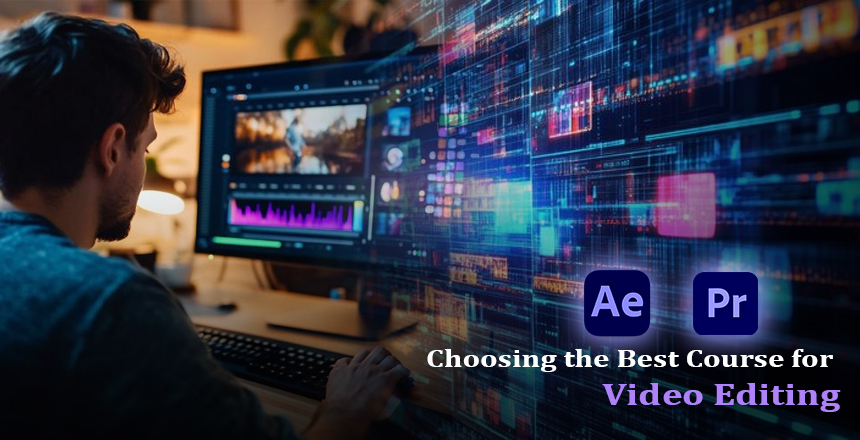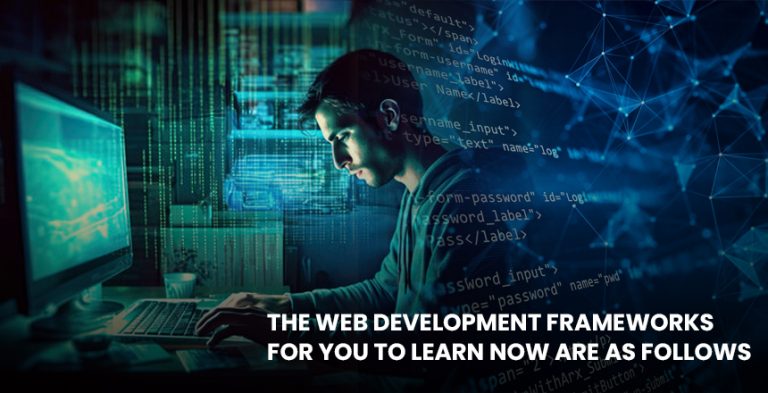In today’s digital age, video content is more important than ever. Whether for social media,
YouTube, corporate training, or filmmaking, video editing skills are in high demand. If you’re
looking to enhance your video editing abilities, finding the right course can be crucial. Here’s a
guide to help you decide which course might be the best fit for your needs.
Understanding Video Editing
Before diving into course options, it’s essential to understand what video editing entails. Video
editing is the process of manipulating and rearranging video footage to create a new, polished
version. This can include cutting clips, adding effects, adjusting audio, and integrating graphics.
A solid grasp of these skills can significantly enhance your storytelling capabilities.
Types of Video Editing Courses
When it comes to video editing courses, there are several types to consider:
- Online Courses: Platforms like Udemy, Coursera, and Skillshare offer various video editing
courses ranging from beginner to advanced levels. These courses are often self-paced and can
be accessed from anywhere. - University Programs: Many universities and colleges offer degree programs or certificates in
film production or multimedia arts, which include video editing as a core component. - Workshops and Bootcamps: Short-term, intensive workshops focus on specific editing
software or techniques. These can be beneficial for those looking to learn quickly. - YouTube Tutorials: While not formal courses, many professionals share free tutorials on
YouTube that cover specific techniques, software, and tips.
Key Factors to Consider
When choosing a video editing course, consider the following factors:
Skill Level
Assess your current skill level. Are you a complete beginner, or do you have some experience?
Courses typically cater to different skill levels. Beginners might benefit from a course that covers
the basics, while more advanced editors might seek specialized training.
Software Focus
Different courses focus on different software. Popular video editing programs include:
- Adobe Premiere Pro: Industry-standard software widely used in professional environments.
Courses for Premiere often cover advanced techniques and integration with other Adobe
products. - Final Cut Pro: Popular among Mac users and professional filmmakers. Courses on Final Cut
Pro typically emphasize speed and efficiency. - DaVinci Resolve: Known for its color grading capabilities, this software is becoming
increasingly popular. Courses focus on both editing and color correction. - iMovie: A great choice for beginners, especially Mac users. Basic courses can help you get
started quickly.
Choose a course that aligns with the software you wish to learn.
Course Content
Review the course curriculum. A good course should cover essential topics such as:
Importing and organizing footage
Basic and advanced editing techniques
Audio editing and mixing
Color correction
Adding effects and transitions
Exporting finished projects
Instructor Credentials
Look into the instructor’s background. Experienced professionals with a portfolio of work can
provide insights that go beyond textbook learning. Check reviews or testimonials to gauge their
teaching effectiveness.
Hands-On Projects
Practical experience is crucial in video editing. Look for courses that offer hands-on projects
where you can apply what you learn. This can help reinforce your skills and build a portfolio.
Community and Support
Some courses provide access to community forums or mentorship. Engaging with fellow
students and instructors can enhance your learning experience, allowing for feedback and
collaboration.
Recommended Courses
Here are a few popular courses across various platforms that are well-regarded in the video
editing community:
Udemy: Complete Video Production Bootcamp
This course covers everything from video shooting to editing using Adobe Premiere Pro. It’s
designed for beginners and includes practical projects, making it a comprehensive option.
Coursera: Video Production
Offered by Michigan State University, this course dives into video production fundamentals. It
covers storytelling, technical skills, and editing, providing a solid foundation for aspiring
videographers.
LinkedIn Learning: Learning Final Cut Pro
For Mac users, this course offers an in-depth look at Final Cut Pro. It covers essential editing
techniques and is perfect for those looking to enhance their editing skills.
Skillshare: Adobe Premiere Pro CC – Essentials Training
This course is tailored for beginners and focuses on essential editing techniques in Adobe
Premiere Pro. The project-based approach allows for hands-on learning.
YouTube: Peter McKinnon’s Editing Tutorials
Peter McKinnon, a popular filmmaker and YouTuber, offers various free tutorials on video editing
techniques. His engaging style makes learning accessible and fun.
Building a Portfolio
As you progress through your chosen course, consider creating a portfolio of your work. This
could include personal projects, collaborations, or even client work. A well-rounded portfolio will
not only showcase your skills but also help you stand out in a competitive job market.
Conclusion
Choosing the best video editing course depends on your individual needs, goals, and current
skill level. Whether you opt for a comprehensive online course, a university program, or quick
tutorials on YouTube, the key is to stay committed and practice regularly. With dedication and
the right resources, you can become proficient in video editing and open doors to exciting
opportunities in the ever-growing field of video production.








